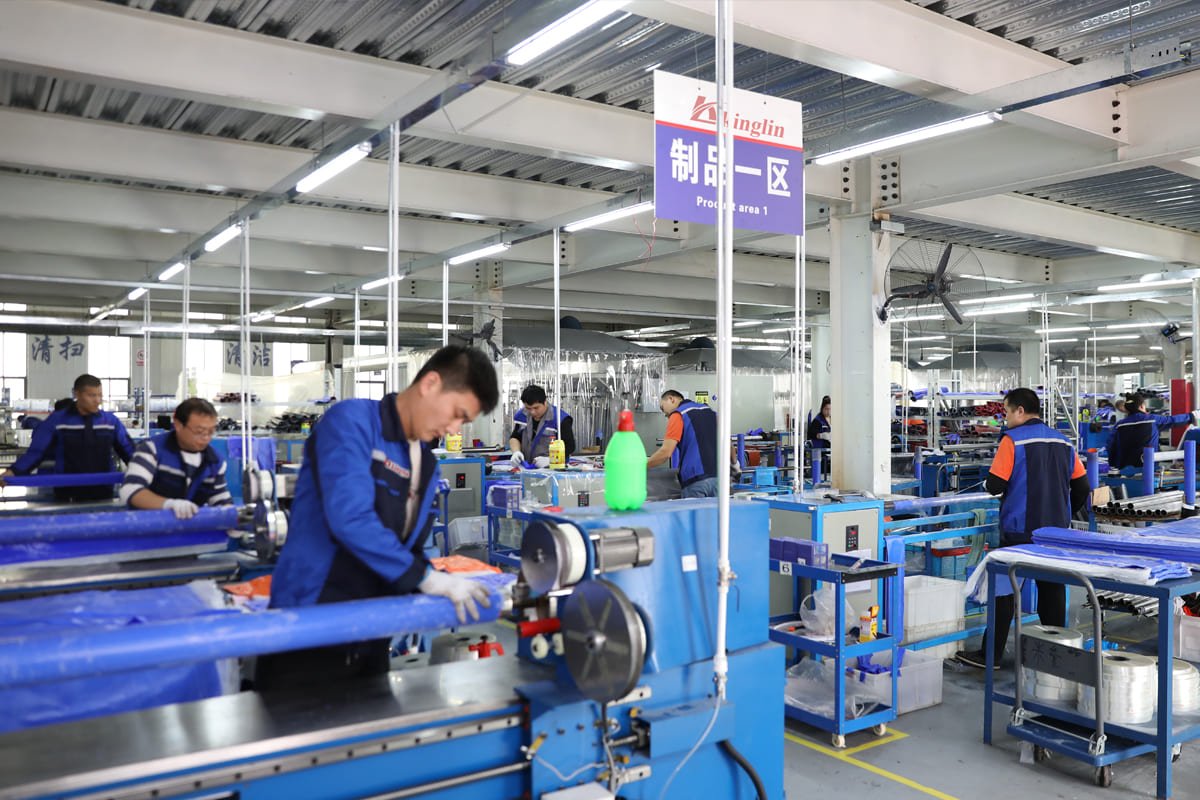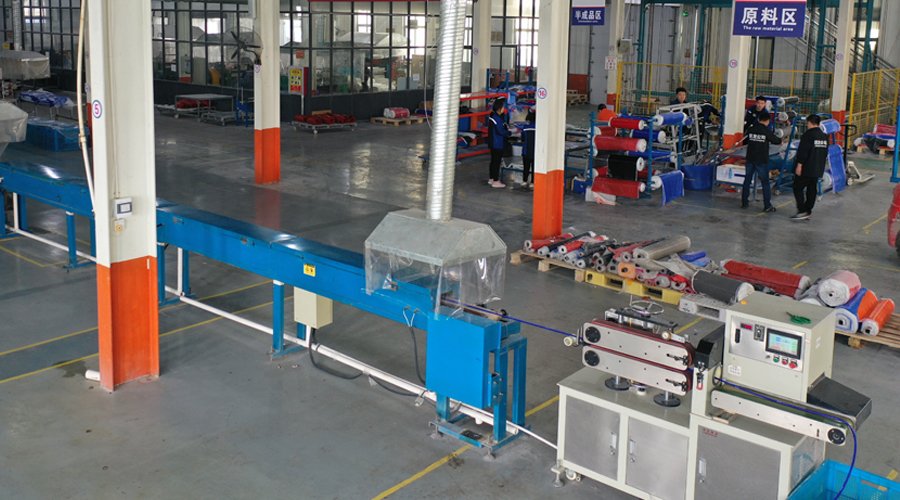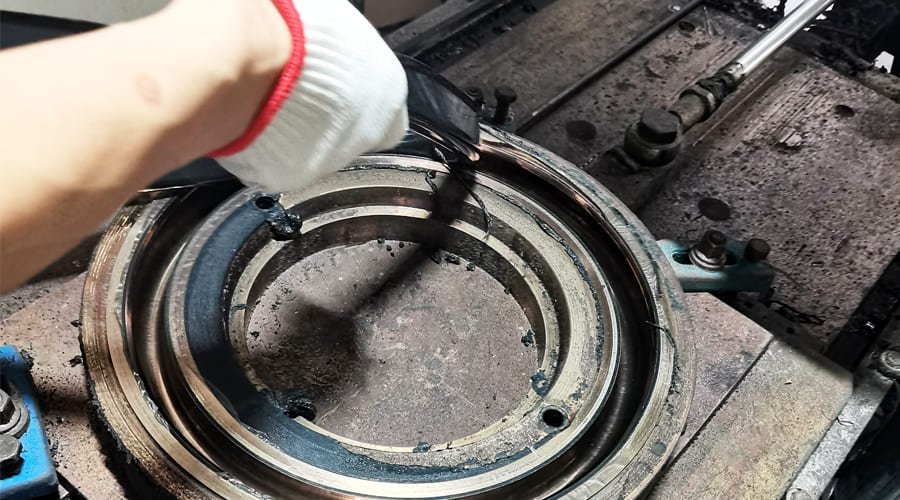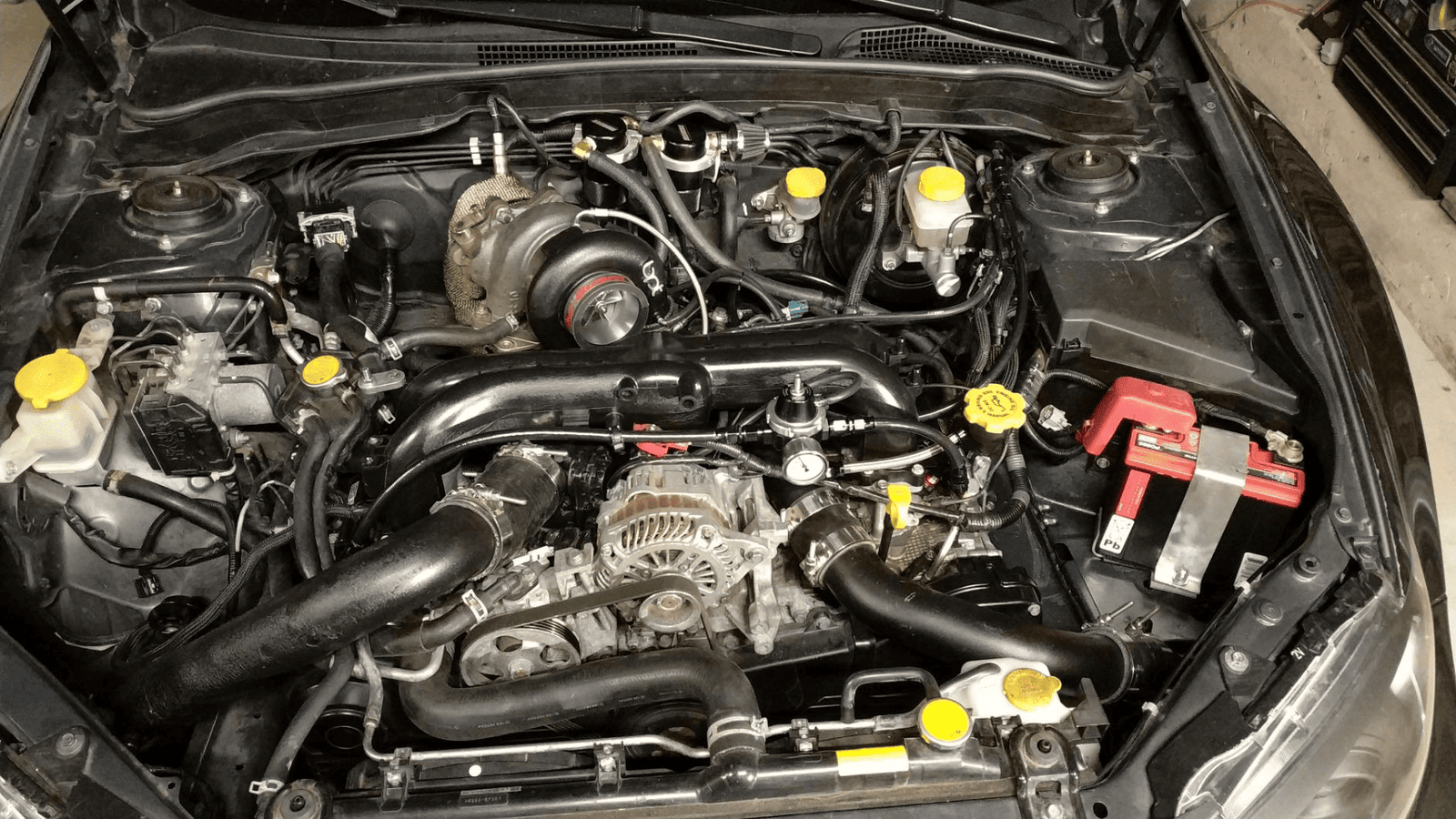You need to know how Силиконовый шлангs are made to ensure you’re getting a good product. This article explains how silicone hoses are made, the different technologies, and applications, and how to tell the difference between a good and bad silicone hose.
Silicone hose is made in a process that involves mixing silicone rubber, molding it, and then reinforcing it with fabric layers. It has a basic structure that includes an inner layer of silicone, Подкрепление ткани, and an outer layer of silicone. This design gives the hose flexibility, долговечность, and resistance to high temperatures, which makes it perfect for use in cars and industry.
Let’s dive deeper into the construction of silicone hoses to understand their advantages and uses better.
What is the Silicone Hose Manufacturing Process?

The process of making silicone hoses involves a number of key steps to ensure that they are of high quality and perform well:
- Mix: Silicone rubber is mixed with necessary additives to achieve desired properties.
- Extrude or Mold: Extrude the silicone mixture through a die to create a continuous hose or mold it into specific shapes.
- Reinforce with Fabric: Add layers of high-strength fabric like polyester or aramid to increase durability and pressure resistance.
- Cure: Cure the hose, often with heat, to solidify its shape and properties.
- Inspect and Test: Inspect and test finished hoses to ensure they meet quality and performance requirements.
Silicone Hose Manufacturing Process
Hand-Wrapped Silicone Hoses
- Строительство: Consists of an inner layer of silicone, a middle layer of reinforcing fabric (typically polyester or aramid), and an outer layer of silicone.
- Функции: Provides excellent flexibility and customization. The fabric layer adds strength and durability, making them ideal for high-pressure applications.
- Приложения: Frequently used in automotive and industrial environments for applications such as coolant, турбокомпрессор, и шланги промежуточного охладителя.

Extruded Silicone Hoses
- Строительство: Extruded silicone hoses are made by forcing silicone through a die to create hoses of various diameters and lengths. They can include additional layers of reinforcing wire for added strength.
- Функции: They are typically used for applications that require long continuous lengths of hose, such as vacuum hoses and heater hoses.
- Приложения: They are ideal for use in automotive cooling systems, vacuum lines, and other low-pressure applications.

Molded Silicone Hoses
- Строительство: Made by putting silicone in a mold and letting it harden, allowing for complex shapes and sizes with tight tolerances.
- Функции: Very customizable, good for intricate shapes and designs. Used often for specific applications where precision is key.
- Приложения: Used in both automotive and industrial applications where custom shapes are needed, such as air intake systems and coolant connections.

Components of Silicone Hoses
To choose the right silicone hose for your needs, you need to understand how they’re made.
Silicone Material
- silicone rubber: anti-high and low temperature
- Флуоросиликон Резина: Resistant to oils and fuels
Reinforcing Layer Materials
The reinforcing layer in silicone hoses ensures structural integrity and pressure resistance. Common materials used include:
Полиэфирная ткань
- 1. Температурная стойкость: -40℃ to 180℃
- 2. Commonly used for standard applications.
Aramid Cloth
- 1. Температурная стойкость: -40℃ to 250℃
- 2. Used in high-temperature environments for its superior heat resistance.
Knitting and Woven Fabrics
- 1. Mesh Cloth: Cost-effective and commonly used unless specified otherwise.
- 2. Plain Woven Cloth: Offers better pressure resistance and rigidity compared to mesh cloth.
Layer Structure:
- Inner Glue Layer: Typically 0.6mm to 1mm thick, ensuring fluid compatibility and sealing.
- Fabric Layer: Multiple layers (обычно 3 к 5) for reinforcement, with thickness varying from 4.5mm to 6mm.
- Outer Glue Layer: Typically 0.8mm to 1mm thick, providing environmental protection and durability.
Additional Components
Wire Reinforcement:
- Типы: Some hoses include wire reinforcement for added strength and to prevent collapsing under vacuum.
- Materials: Polyester or aramid wires, with aramid offering higher performance but at a higher cost.
- Fluorosilicone Liner: A fluorosilicone liner can be added for applications requiring additional chemical resistance.
What Makes Up Silicone Tubing?
Silicone rubber, the main ingredient in silicone tubing, is a polymer made of silicon, carbon, hydrogen, and oxygen. This makeup gives it great thermal stability, Гибкость, and resistance to environmental factors.
Краткое содержание
In conclusion, silicone hoses are important in many industries because they last a long time, гибкие, and can handle high temperatures. Knowing how they’re made, the technology, and how to tell if you’re getting good ones will help you make good choices when you buy silicone hoses for what you do.





